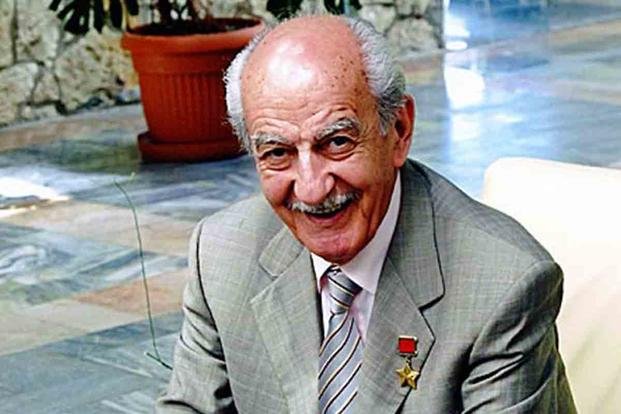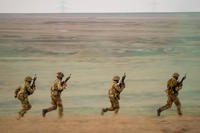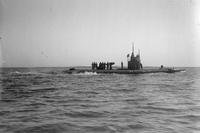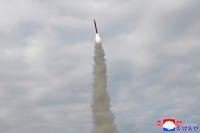The United States was a relative newcomer to the world of intelligence gathering by the time the country entered World War II. President George Washington knew the value of intelligence, but subsequent administrations had other concerns, and creating a spymaster wasn't one of them.
Until the Civil War, U.S. intelligence was virtually nonexistent, and after that, it wasn't very extensive. Lucky for the World War II Allies, the Soviet Union's dedication to spies and intelligence could best be described as paranoia in action.
Gevork Vartanian was a Soviet intelligence officer from Armenia who, at age 19, discovered the Nazis' plan to kill the Allied leadership in Tehran. His team systematically captured and eliminated the assassins' threat.

American intelligence before World War II was often as-needed and ad hoc. It could claim some critical successes, but it was far from the global network of informants used by the Soviet Union.
During the war, the USSR housed all its intelligence operations under SMERSH, an umbrella organization composed of hundreds, maybe thousands of operatives.
SMERSH had spies and agents everywhere. As any American Cold Warrior will tell you, Soviet spies were some of the best. They not only spied on the enemy, they were embedded with their own units on the front lines and infiltrated Soviet allies at the highest levels.
The Soviets were so adept at spycraft, Joseph Stalin knew about the development of an atomic bomb before Vice President Harry Truman. So it's no surprise they learned about Operation Long Jump, an assassination plot against Soviet leader Joseph Stalin, British Prime Minister Winston Churchill and U.S. President Franklin Roosevelt -- also known as "The Big Three."
Vartanian had been working as an agent in Tehran since before Nazi Germany invaded the USSR. He already had a team of agents called the "Light Cavalry" in place and cleared the city of more than 400 Nazi agents before 1943. It made sense to put them in charge of security for the 1943 Tehran Conference between the Big Three, where the leaders would discuss opening a second European front.
The previous year, German Wehrmacht Oberleutnant Paul Siebert, stationed in occupied Ukraine, split a bottle of brandy with his friend. That friend was SS officer Ulrich von Ortel. As the two drank the night away, von Ortel told Siebert that Germany had broken a U.S. Navy radio code and learned about the Tehran Conference.
He then told Siebert about Operation Long Jump and that notorious SS Obersturmbannfuehrer Otto Skorzeny, a saboteur and special operations expert, would lead the assassination squad. Unfortunately for the Germans, Siebert was really Soviet master spy Nikolai Kuznetsov.

Word of the plot quickly got to Vartanian in Tehran. The Light Cavalry captured six Nazi radio operators in Iran and tracked the first team of German commandos after they parachuted in near the city of Qom. His team intercepted and arrested the Germans as they traveled on camelback toward the Iranian capital, loaded with weapons.
They then forced the radio operators to report the mission while under Soviet supervision, but one of the radio operators managed to inform Berlin they'd been caught. As a result, Skorzeny's team was never deployed to Iran.
Vartanian spent the next 30 years working as an intelligence officer for the Soviet Union, eventually receiving the title Hero of the Soviet Union, the highest award the country could give. His involvement in preventing Operation Long Jump was kept a secret until 2000, and Vartanian died in 2012 after a very long, very secret career.
-- Blake Stilwell can be reached at blake.stilwell@military.com. He can also be found on Twitter @blakestilwell or on LinkedIn.
Want to Learn More About Military Life?
Whether you're thinking of joining the military, looking for post-military careers or keeping up with military life and benefits, Military.com has you covered. Subscribe to Military.com to have military news, updates and resources delivered directly to your inbox.















